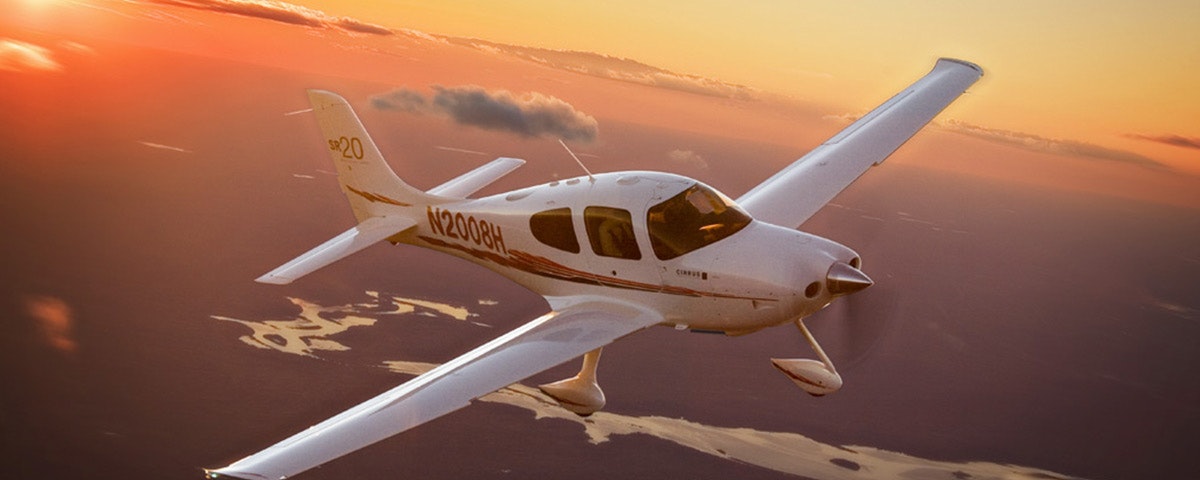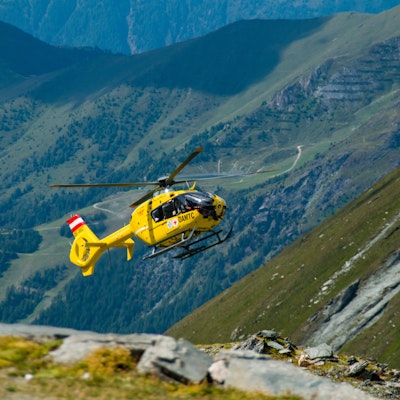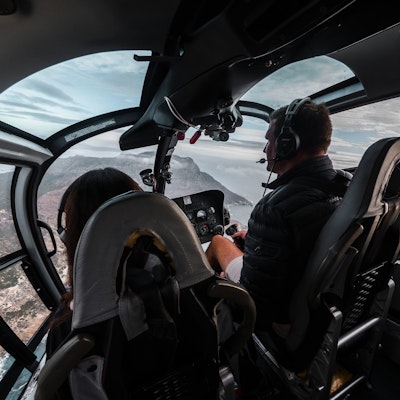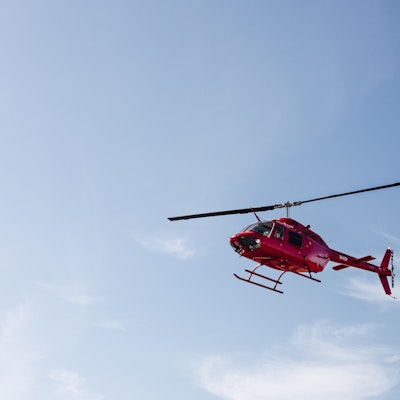Flight Lessons
If you just want to try flying before committing to fully learning, you’ll want to try a one-off taster or introductory experience. These flying lessons can vary greatly:
Introductory Flying Lessons
Price region: £99-£140
Often called taster or trial experiences, these typically involve:
- 1:1 training from a CAA licenced instructor
- Two-seater aircraft
- 30 minutes including taxiing and landing
- Opportunity to take controls
Extended Flying Lessons
Price region: £179-£222
Often called extended flying lessons, these typically involve:
- 1:1 training from a CAA licenced instructor
- Two-seater aircraft
- 60 minutes including taxiing and landing
- Opportunity to take controls
Multiple Landing Lessons
Price region: £165-£185
Often called double or triple landing lessons, these typically involve:
- Multiple flying sectors of approximately 25 to 30 minutes each
- Land at two or three different locations during the flight
- Short safety and technical briefing
- Take on the role of an observer and pilot

Extended Microlight Flight
If you have always wanted to give flying a try then there is no better way to get started than with a qualified instructor in a fabulous Microlight aircraft. Microlighting is a type of flying that has progressed a great deal over the past 20 years and has now emerged as one of the safest and most economical ways to fly. Impressively light and simple to fly, you can sit back and enjoy the ride.
Find out more
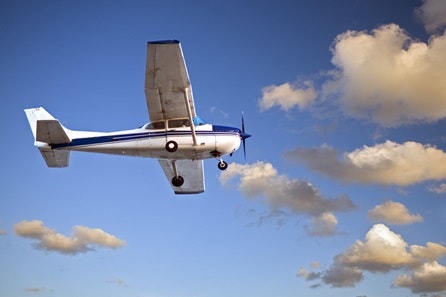
Land Away Triple Flying Lesson
Take the controls of a light aircraft and soar through the sky on a journey to remember in this Land Away Triple Flying Lesson. You’ll join a CAA experienced instructor for a thrilling 90 minute adventure as you try your hand at three different skills: navigating, observing and piloting an aircraft.
Find out more
Flight Simulators
Some schools suggest discovering the joy of flying with flight simulators. Without leaving the ground, aspiring pilots can use state-of-the-art virtual reality to practise manoeuvres like take off and landing whilst receiving coaching from a flight instructor. From modern aircraft like Boeing 737s to iconic Vulcan Bomber fighter planes, there’s a range of simulators out there.

Flight Simulator Experience Aboard a Boeing 737 - 45 minutes
Experience the thrill of flying the big jets with this Flight Simulator Experience Aboard a Boeing 737. For 45 minutes, you’ll be immersed in the world of flight, from take-off to landing, weather conditions, and airports – you can choose from over 24,000 worldwide airports to fly to! You can even have a lucky guest sit in the jump seat.
Find out more
The varying cost of flying lessons
Not all flying lessons are the same and the way they are priced can depend on a selection of factors:
- Aircraft type. Most beginners choose to learn in light aircraft, which are typically smaller aeroplanes with a single engine, making them lighter and much easier to control. To cut costs even further, a budget-friendly training option is the microlight with lower maintenance and operating costs than its light counterpart. If you choose to graduate to larger planes, often those with multiple engines, then expect the cost of the flying lesson to increase. Naturally, flying helicopters are more expensive than aeroplanes.
- Lesson type. Flying schools often charge for their time in a variety of ways. The first type is ‘chock to chock’ which means the lesson time runs from when the aircraft starts up to when it switches off and includes taxiing time. The second type is VDO or ‘tacho’ which is where engine running time and RPMs are counted, so being stationary is cheaper than full-throttle flying.
- Location. Schools located in metropolitan areas or near major airports may be more expensive than those located in rural areas. This is because the cost of living is generally higher in these areas, which means that the cost of operating a flying school is also higher. Landing or parking can also impact the costs, as well as how big or small the airfield itself is.
- Instructor fees. The experience level of your instructor can also affect the cost of your flying lessons. Instructors with more experience may charge more for their time, as they bring more knowledge and expertise to the table.

Extended Gliding Experience
Experience the total tranquillity of soaring and circling on the thermals, drifting silently on the wind in a dual control glider. These gliding aircrafts are the ultimate way to fly without an engine and many people do it just for the peaceful views as they soar across the local countryside.
Find out more
Frequently Asked Questions
How many flying lessons do you need?
The number of flying lessons needed to obtain a pilot’s licence varies. To get a Private Pilot’s Licence, you must fly a minimum of 45 flight hours, which must entirely consist of actual time spent in the air.
How much is a pilot licence in the UK?
The cost of obtaining a pilot’s licence in the UK can vary widely depending on the type of licence, school, the student’s pace of learning and so on. Generally, for a Private Pilot Licence (PPL) you can expect to pay anywhere between £7,000 and £12,000 and a Commercial Pilot License (CPL) can range from £50,000 to £100,000.
What is the hardest part of learning to fly?
Learning to fly can be challenging and the hardest part can differ from person to person. Some say coordination between body parts, others say fighting unpredictable weather or communicating. With that being said, learning to fly is just like the old saying: practice makes perfect.
Is flying more difficult than driving?
Although experienced pilots may argue differently, it’s generally considered that flying is more difficult than driving. With flying, there’s more factors to control like altitude, training is more intense compared to driving a car and there’s more specialised equipment required.
Summary
Now you know what costs to expect, why not make that first step and browse our full range of flying lessons? With locations across the country in a variety of aircraft types, there’s plenty of experience days to start fulfilling your piloting dreams.
